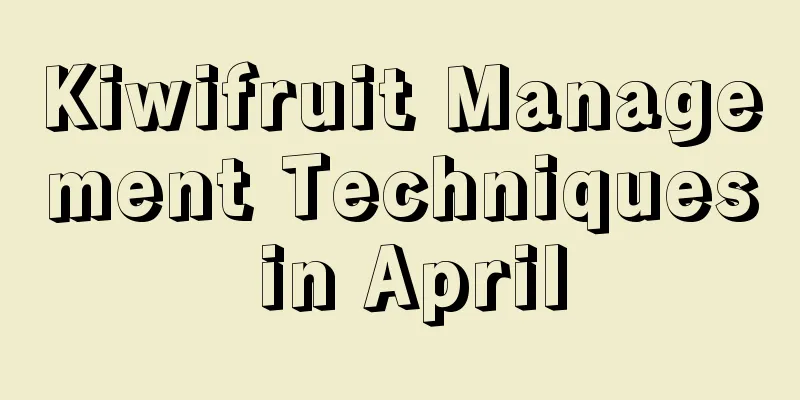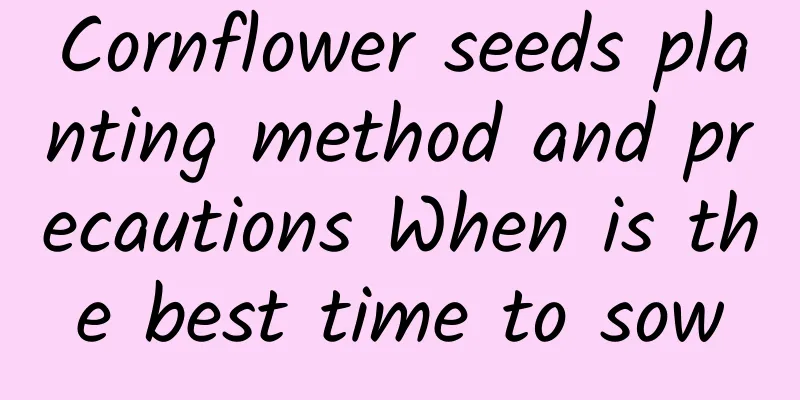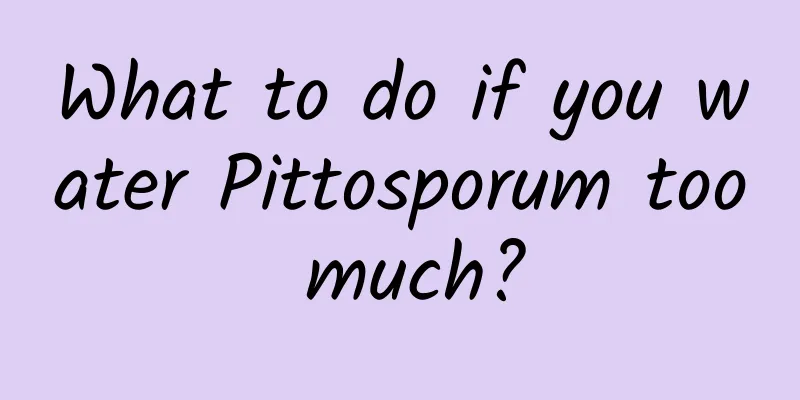Kiwifruit Management Techniques in April

|
As April begins, kiwifruit orchards in northern regions enter a peak period of new shoot growth. This stage is crucial for the growth of kiwifruit and the management of the orchard. Let’s learn the key points of kiwi orchard management techniques in April. 1. Prevent low temperature and late frost damage The temperature fluctuates greatly in spring, especially at night, and low temperatures and frost may cause damage to kiwifruit shoots. To prevent this risk, orchard managers should pay close attention to weather forecasts and take timely measures. Before frost is expected, you can lower the ground temperature and delay bud break by irrigating the orchard in advance. After germination, antifreeze agents such as brassinolide or oligosaccharides can be sprayed to enhance the plant's frost resistance. In addition, smoke can be used to raise the temperature in the orchard at night to reduce the impact of frost. 2. Bud removal management Bud removal is an important part of kiwifruit management in spring, usually starting from the bud germination stage and carried out every two weeks. The purpose of bud removal is to remove excess buds, such as sprouts on the main trunk, buds infected by diseases and insect pests, etc., so as to concentrate nutrients to supply healthy fruiting branches. Bud removal should be done on a sunny day to reduce the occurrence of diseases. By removing buds promptly and thoroughly, nutrient waste can be avoided and the burden of subsequent management work can be reduced. 3. Pinching technique Pinching is an effective means to control the growth of new shoots of kiwifruit and promote flower bud differentiation. For the healthy and growing branches or fruiting branches in the inner part of the crown, pinching is generally not performed, so as to cultivate them into the fruiting mother branches for the next year. For the fruiting branches outside the second wire, 3-4 leaves should be left on the flower buds and heavy pinching should be done to promote the growth of flower buds and the development of inner branches. Pinching the Hayward variety of kiwifruit when the new shoots grow to 15-20 cm can effectively prevent wind damage. 4. Bud thinning Bud thinning is an important measure to improve the quality of kiwifruit. After the flower buds are separated, all side buds and unhealthy buds should be removed in time, such as those that are deformed, damaged by pests and diseases, dull in color and small. Adjust the number of flower buds according to the strength of the fruiting branches. Leave 5-6 flower buds on strong and long fruiting branches, 3-4 flower buds on medium fruiting branches, and 1-2 flower buds on short fruiting branches. When thinning buds, pay attention to selecting well-developed buds in the middle to ensure the uniformity and quality of the fruit. 5. Pest and disease control Spring is also a period when pests and diseases are active. Kiwifruit orchards need to focus on preventing and controlling pests such as beetles , wax cicadas, stink bugs, as well as diseases such as blossom end rot and brown spot. Choose appropriate insecticides and fungicides , such as highly effective chlorfenapyr and polyoxin, for timely prevention and control. For orchards with severe bacterial blossom rot, you can spray Zhongshengmycin or Junduqing for prevention and control. 6. Orchard grass Orchard grassing is an eco-friendly management method that allows green manure crops such as hairy vetch and mung bean to be sown between the rows. The width of the grass strip should be determined based on the spacing between rows and the age of the fruit trees. When sowing, you should choose a time when the soil moisture is suitable. You can use furrow sowing or broadcast sowing. Growing grass can not only improve soil structure and increase soil organic matter, but also reduce soil erosion and provide a habitat for natural enemies of insects. In orchards without artificial grass planting, natural weeds should be used rationally and the use of chemical herbicides and mechanical weeding should be avoided. The above is the management plan for kiwi orchards in April. Friends who have planted kiwi trees can seize the opportunity at this time, take good management measures, and lay a solid foundation for a high yield.
|
<<: How to slow down the growth of newly bought azalea
>>: How to keep water bamboo from dying in winter
Recommend
Pests of Jasmine and Their Control
Pests of Jasmine The main pests of hairy jasmine ...
Methods and steps for accelerating the germination of chrysanthemum chrysanthemum seeds, tips for sowing and planting chrysanthemum seeds
Method for accelerating germination of chrysanthe...
Cultivation method of white orchid bonsai (with pictures of white orchid)
1. Layering method 1. Ordinary method: This culti...
Cultivation and watering of the thousand-year-old tree
The spathiphyllum is a tall plant with long, slen...
Cutting methods and precautions for Fuchsia
Fuchsia, also known as lantern flower and hanging...
When is the best month to plant potatoes?
Potatoes prefer a cool climate, the suitable grow...
The reason why the leaves of white palm turn yellow
1. Not adapting to the environment Its leaves tur...
How to grow white lotus
1. Maintenance methods 1. Temperature: 18 to 25 d...
How to fertilize hibiscus
Soil preparation: The soil for planting hibiscus ...
The difference between flower allium and rain orchid
Family Flower allium belongs to the genus Allium ...
Repel mosquitoes and absorb formaldehyde...a pot of flowers is equivalent to a treasure chest!
Jasmine Effect: Refresh the mind, eliminate fatig...
How to plant ginkgo and how to germinate ginkgo seeds
1. Planting time Ginkgo is usually planted in win...
Cultivation methods and precautions of witch hazel
How to grow witch hazel Soil selection Witch haze...
Asparagus planting technology and cultivation
Asparagus has high nutritional value and is recog...
In which province is pineapple mainly produced?
1. Origin The main producing areas of pineapples ...









